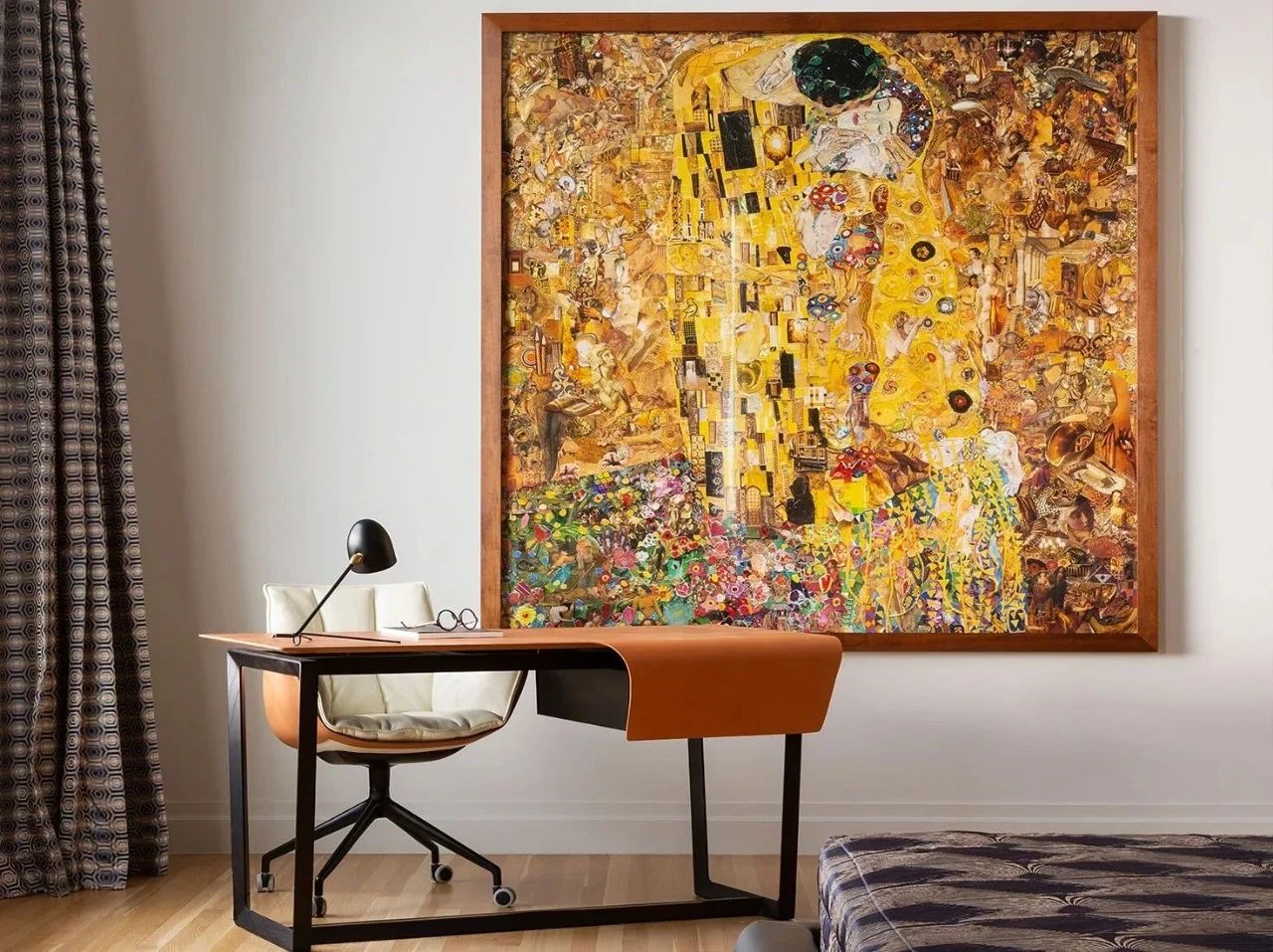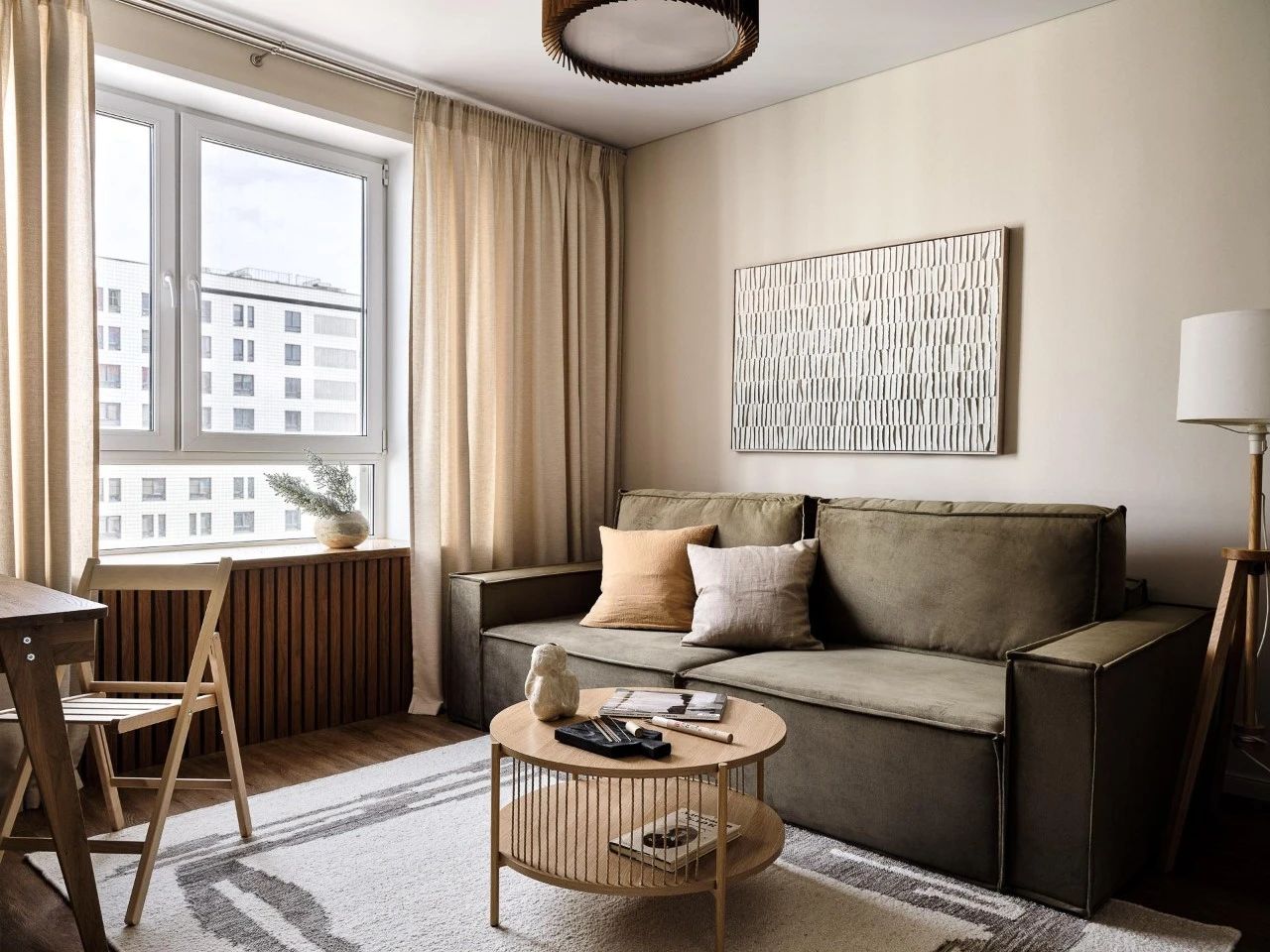AD Classics Calouste Gulbenkian Foundation Ruy Jervis d’Athouguia, Pedro Cid and Alberto Pessoa
2011-09-15 00:00
架构师提供的文本描述。CalousteGulbenkian基金会和博物馆是葡萄牙不太知名的建筑宝石之一。这些建筑是位于里斯本市中心帕尔哈温的独立校园的一部分。建筑师Ruy Jervis d‘Atroguia,Pedro Cid和Alberto Pessoa为纪念基金会的同名而设计了校园和建筑物,几十年来,基金会和建筑都变得更加受人尊敬。休息后更多关于建筑物的报道。
Text description provided by the architects. The Calouste Gulbenkian Foundation and Museum is one of the less well known architectural gems in Portugal. The buildings are part of their own isolated campus in Palhavã, in the center of Lisbon. Architects Ruy Jervis d’Athouguia, Pedro Cid and Alberto Pessoa designed the campus and the buildings in memory of the foundation’s namesake, and both the foundation and the buildings have only grown more respected over the decades. More on the buildings after the break.
1959年赢得比赛后,鲁伊·杰维斯·达特鲁吉亚、佩德罗·西德和阿尔贝托·佩索亚获得了古尔本基基金会和博物馆的委托。这次比赛邀请了三名建筑师组成的三支队伍提出他们对建筑的想法,这些建筑将作为已故古尔班基安著名艺术收藏品的文化中心和博物馆。最终的设计建造于1969年。
Ruy Jervis d’Athouguia, Pedro Cid and Alberto Pessoa received the commission for the Gulbenkian Foundation and Museum after winning a competition in 1959. The competition invited three teams of three architects to propose their ideas for buildings that would serve as a cultural center and museum for the late Calouste Gulbenkian’s impressive art collection. The final designs were constructed in 1969.
获胜的提案涉及到简朴的现代建筑,据说这些建筑反映了古尔本基人的个性。混凝土结构作为独立的建筑物,但通过校园内的方便步行连接起来。高高的画窗将博物馆的外部和内部与艺术和户外联系在一起。简单的单色混凝土形式很容易享受,作为一个对比的纹理绿色绿洲,他们休息。
The winning proposal involved austere modern buildings that were said to reflect on Calouste Gulbenkian’s personality. The concrete structures stand as separate buildings but are linked through easy walks within the campus. Tall picture windows mesh the exterior and interior of the museum with art and the outdoors. The simple monochromatic concrete forms are easy to enjoy as a contrasting texture to the green oasis in which they rest.
景观建筑是由贡萨洛·里贝罗·泰勒斯和安东尼奥·维亚纳·巴雷托设计的,其本身令人印象深刻。校园里的植被遍布草坪、树木、水塘。校园将游客带出城市,进入平静的校园,欣赏他们所拥有的建筑和艺术品。
The landscape architecture was designed by Gonçalo Ribeiro Telles and António Viana Barreto, and is impressive on its own. Vegetation spreads across the campus on on lawns, in trees, in and pools of water. The campus takes visitors out of the city and into the calm campus to enjoy the buildings and the artwork they hold.
2010年,CalousteGulbenkian基金会和博物馆被公认为葡萄牙国家纪念碑。这些建筑被认为是20世纪60年代葡萄牙现代建筑的显著代表,并继续激励着今天的年轻建筑师。
The Calouste Gulbenkian Foundation and Museum was recognized as a National Monument in Portugal in 2010. The buildings are appreciated as a notable representation of modern Portuguese architecture from the 1960s, and continue to inspire young architects today.
 举报
举报
别默默的看了,快登录帮我评论一下吧!:)
注册
登录
更多评论
相关文章
-

描边风设计中,最容易犯的8种问题分析
2018年走过了四分之一,LOGO设计趋势也清晰了LOGO设计
-

描边风设计中,最容易犯的8种问题分析
2018年走过了四分之一,LOGO设计趋势也清晰了LOGO设计
-

描边风设计中,最容易犯的8种问题分析
2018年走过了四分之一,LOGO设计趋势也清晰了LOGO设计


























































